Across the Russian Federation by train
My wife, Darlene, and I, following a private tour in Mongolia (June ’06, pg. 85), were among a group of 96 people from all over the world who made an incredible private train trip across the Russian Federation along the legendary Trans-Siberian Railway, Aug. 19-31, ’05. We took the railroad’s classic route, westbound from Vladivostok to Moscow. The trip covered eight time zones and 10,405 kilometers (6,466 miles).
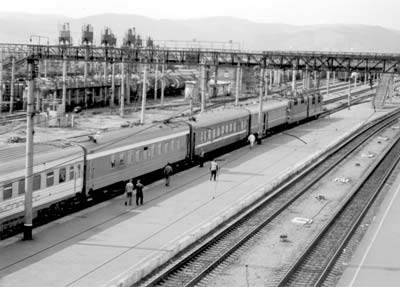
We traveled with nine different railway companies. We had stops of up to 20 minutes or so twice a day for locomotive changes and/or servicing of the train. Most of the line has been electrified.
The train was operated by GW Travel (Cheshire, England; www.gwtravel.co.uk), known as The Trans Siberian Express Company. We reserved our cabin through MIR Corporation (85 S. Washington St., Ste. 210, Seattle, WA 98104; 800/424-7289 or 206/624-7289 or visit www.mircorp.com). The tour language was English.
For our flight on Lufthansa from Dallas to Moscow, we purchased round-trip senior-fare e-tickets for $1,608 each. Additional airfare was $855 each. Our first-class, twin-share fare on the Trans-Siberian Express was $5,295 each, after a $100 credit for early booking. The total cost per person, with Russian visas at $100 each, was $7,878 ($604 per day).
There were two classes of accommodations: first class, twin share, and deluxe class, twin share. (Deluxe class cost $9,995.) All train cars were air-conditioned. Deluxe-class cabins each had their own en suite shower and toilet, while first-class sleepers had to use toilet facilities at the end of each car and separate shower cars.
Our train consisted of 21 cars. Each sleeping car had two attendants, available 24 hours. Each restaurant had a chef and two waiters. The meals all were good. Beer and wine were included.
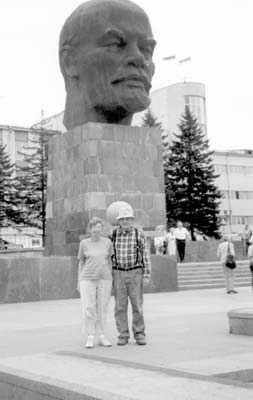
We had city tours in nine cities, the first being Vladivostok, where we embarked. Here we stayed in Hotel Hyundai, boarding the train the next day on Aug. 20. Vladivostok is fascinating because it was a “closed city” during the Cold War era. It is the headquarters for the Russian Pacific fleet.
Our first rail stop, the next day, was Khabarovsk, the most easterly part of the trip. We visited the Natural History Museum by the Amur River.
On Aug. 23 we arrived in Ulan-Ude, capital of the Buryat Republic. The Buddhist temple near Ivolginsk was closed. In the afternoon we were taken to a village of Old Believers of Russian Orthodoxy, where we had a folk performance and an outside buffet.
On day six we went through numerous tunnels and around cliffs along the shore of Lake Baikal. This is the world’s largest freshwater lake, holding nearly one-sixth of all of the fresh water on Earth.
Later we took an (old) ferry across the mouth of the Angara River to Listvyanka to visit the Museum of Wooden Architecture. We also stopped at the Limnological Museum, which shows the Baikal ecosystem with its unique marine and animal life.
We arrived in Irkutsk, the so-called “capital of Siberia,” on day seven. Our tour included the house of Maria Volkonskaya, which had been occupied by the Decembrists after they were exiled for taking part in the December 1825 uprising in Senate Square in St. Petersburg. This visit was concluded with a concert, with champagne.
Of great interest in this city is the large number of highly decorated 19th-century cottages, or izbas, with ornately carved eaves (called wooden lace). Many have brightly colored windows.
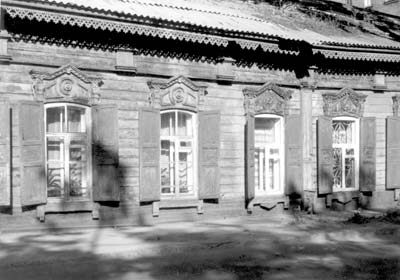
On day eight we stopped in Krasnoyarsk, commencing a cruise on the Yenisei River, which marks the boundary between east and west Siberia. This city of 900,000 is situated in the geographical center of the Russian Federation. Krasnoyarsk was always associated with Russian exiles; in the Stalin days there was an infamous gulag here.
About 50 kilometers away, the Soviets established a “closed city” called Krasnoyarsk-26, built to house scientists, engineers, psychologists, etc. It wasn’t on any of the maps and was even closed to Russians. We inspected one of the buildings.
Back in Krasnoyarsk, our visit concluded with a stop at the Museum of Local Lore, supper and a visit to the highest point overlooking the city.
On day nine we stopped in Novosibirsk, with over 1.5 million people the largest city in Siberia and the fourth largest in Russia. During WWII many factories were moved here to protect them from the advancing Nazi army.
We went into the countryside 30 kilometers south to visit the Academy of Minerals Museum, located in a township that was established in the 1950s to house 3,000 scientists and 60,000 support staff and their families.
Back in the city we visited the Western Railway Rolling Stock Museum (with many kinds of rolling stock that have been refurbished) plus Lenin Square and the Opera House, where we enjoyed a private concert. Soon after we left Novosibirsk we crossed over the 870-meter-long Ob River Bridge.
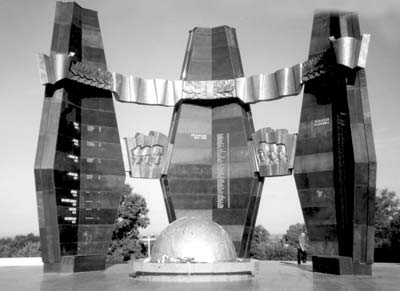
Day 10 had us in Yekaterinburg, situated at the junction of seven railway lines and with a population of almost 1.5 million. This is the city where the Romanov family was murdered by the Bolsheviks in 1918. Of interest was the unusual memorial in Black Tulip Square commemorating the loss of life from the many Soviet military campaigns.
Shortly after we departed Yekaterinburg we crossed the Europe/Asia divide, marked by an obelisk.
On Day 12 we arrived in St. Petersburg, where the Russians withstood a 900-day siege by the Nazis (1941-44). Today it is Russia’s second-largest city, with 4.5 million people, and is considered one of the most beautiful cities in the world. It is called the “Venice of the North” because it has 65 canals and river channels spread out over 42 delta islands. The historical center is located on the south bank of the Neva River, which connects with the Baltic Sea through the Gulf of Finland.
We began our city tour with a boat ride on one of major canals, then we visited the famous State Hermitage Museum (built 1754-62), which was the winter home of the tsars. We also saw St. Isaac’s Cathedral.
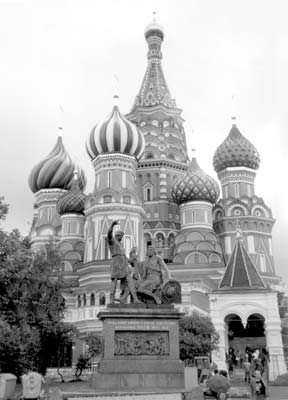
We arrived in Moscow on day 13, Aug. 31, and left the train. Moscow has 8.8 million people, or almost 14 million in the greater Moscow area. We started with a city tour, rode on the metro and visited Red Square, St. Basil’s Cathedral and the famous GUM department store. Unfortunately, rain showers continued off and on all day.
After lunch we checked into the Metropol Hotel near Red Square. We also visited the Novodevichy Convent and had a private tour of the Kremlin Armoury, returning to St. Basil’s for a private tour complete with champagne and caviar. Our farewell dinner and show were at the Yar Restaurant.
Early the next morning we left for the Sheremetyevo airport to return to Dallas via Frankfurt.
Our trip had covered all of the Russian Federation and made me realize the vastness of Siberia. In Siberia, the majority of the people live in large cities; the countryside is only sparsely populated. There is not a lot of agriculture in most areas, as the growing season is very short.
Eastern Siberia has many forests; the lumber is harvested and often goes to China and Korea. Birch is quite common, and artisans make many small things from the wood.
This is an interesting journey that only a few travelers make. It isn’t that exhausting, but it does cover a lot of time zones and a great distance on the train. We received good care.
WAYNE A. SCHILD
Austin, TX
